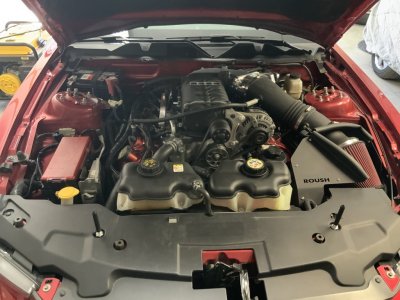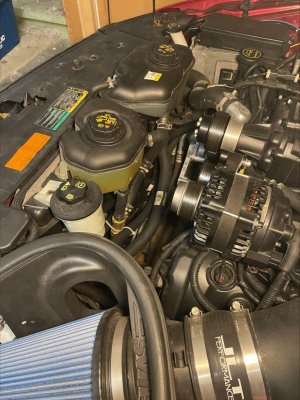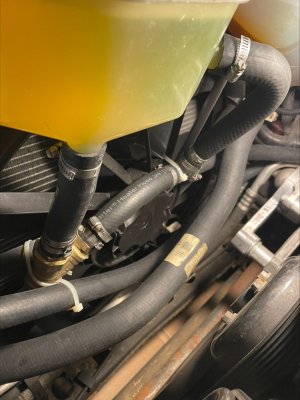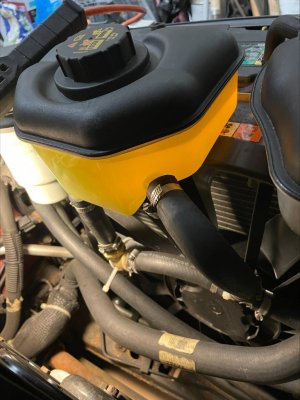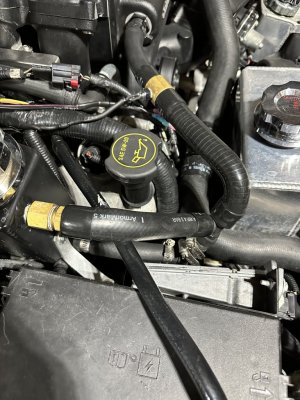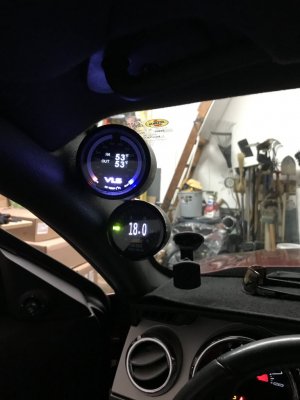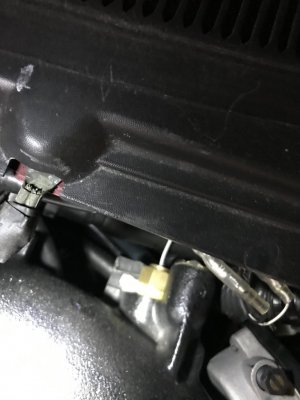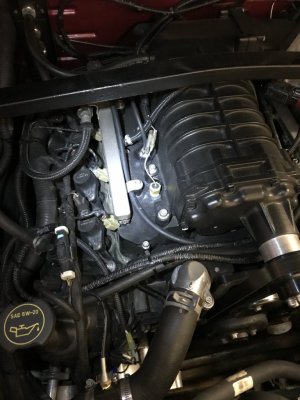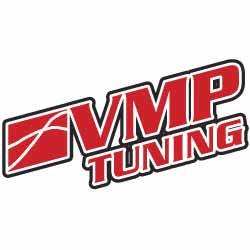Candy10
forum member
Haven’t been here in an while so quick recap. I’ve got a 2010 GT with a slightly built 4.6 and a Kenne Bell. Anyone with this combo (or similar) knows heat is enemy #1.
The the Kenne Bell IC expansion tank is garbage. It gets hot, it warps, and the cap leaks. So im replacing it with a factory Gt500 tank.
Question I have is regarding the in/out hoses. On the KB one, “IN” is on the upper right side of tank (looking from front of car) and “OUT” is on the bottom left. On the GT500 one, the inlet/outlet positions are flipped; down low on the right side, higher on the left.
Do I need to flip the hoses so the fluid flows from high to low (like the KB). Or is it irrelevant once the cap is on and the system is sealed? I’m asking because I’d have to replace all hoses if they need to be swapped to get them the right length.
The the Kenne Bell IC expansion tank is garbage. It gets hot, it warps, and the cap leaks. So im replacing it with a factory Gt500 tank.
Question I have is regarding the in/out hoses. On the KB one, “IN” is on the upper right side of tank (looking from front of car) and “OUT” is on the bottom left. On the GT500 one, the inlet/outlet positions are flipped; down low on the right side, higher on the left.
Do I need to flip the hoses so the fluid flows from high to low (like the KB). Or is it irrelevant once the cap is on and the system is sealed? I’m asking because I’d have to replace all hoses if they need to be swapped to get them the right length.


